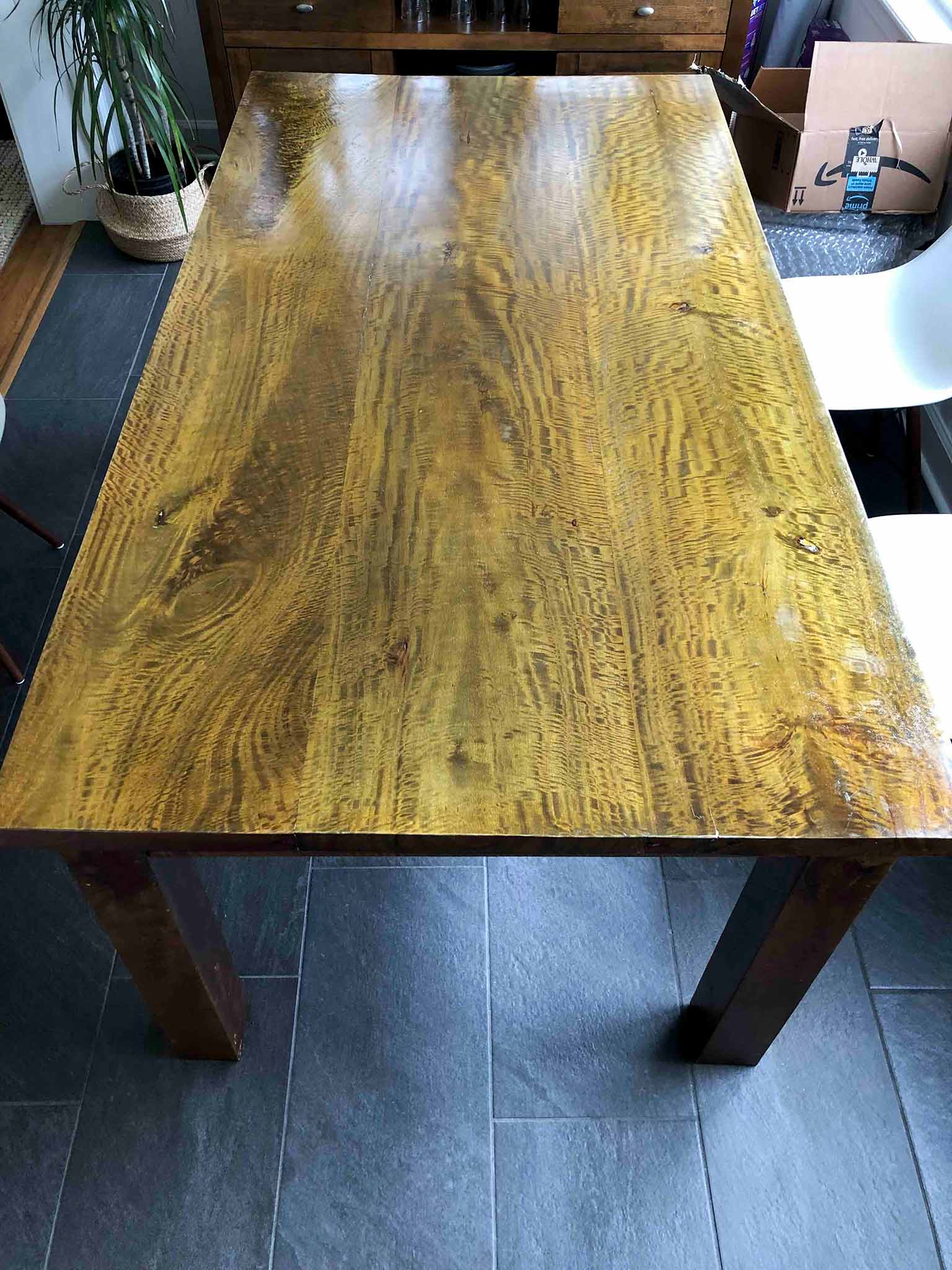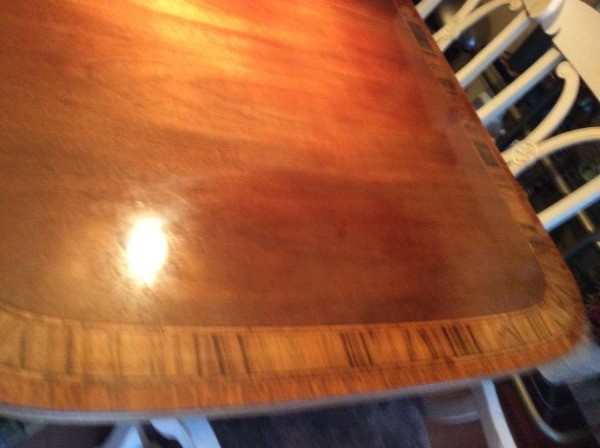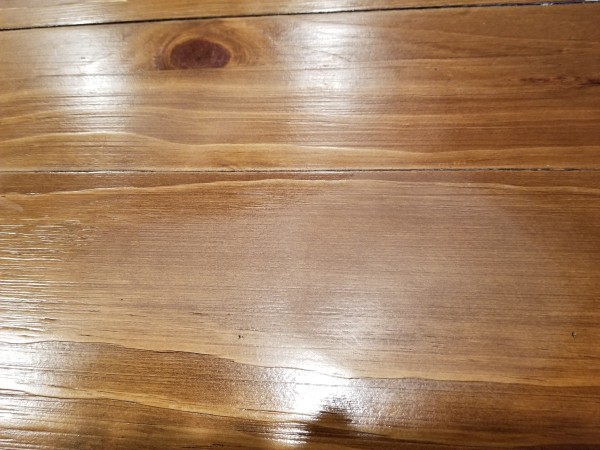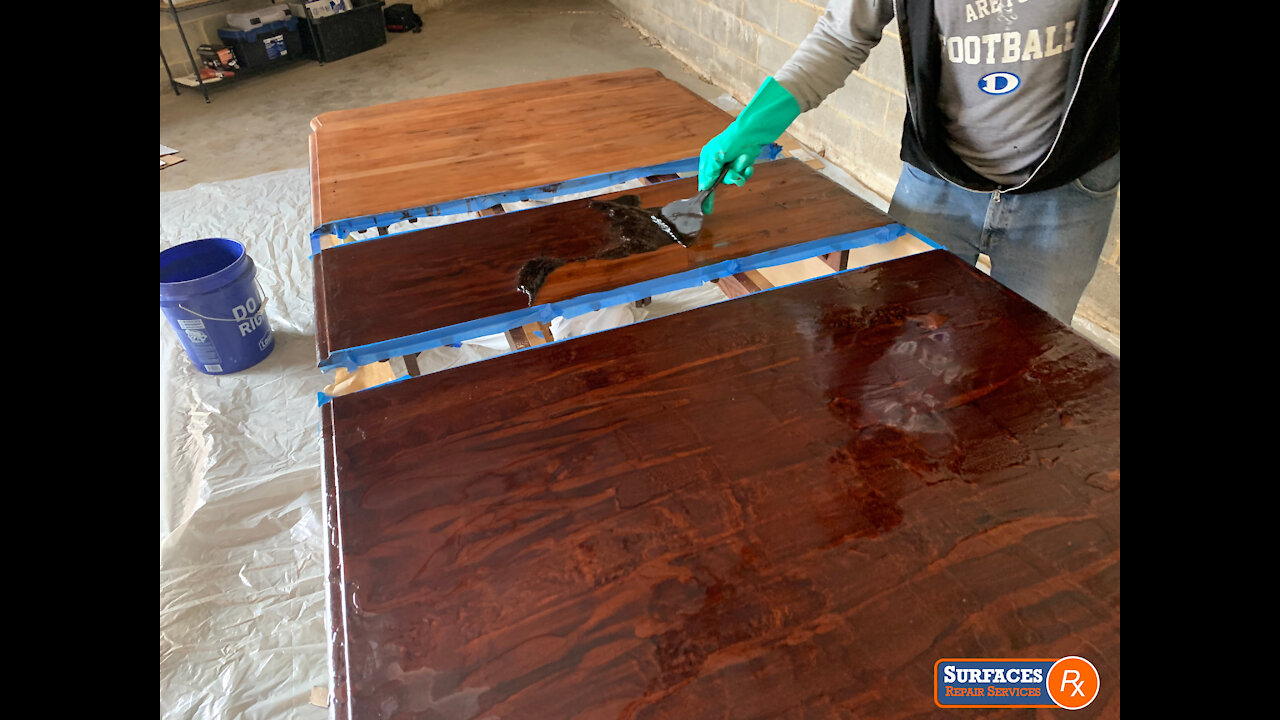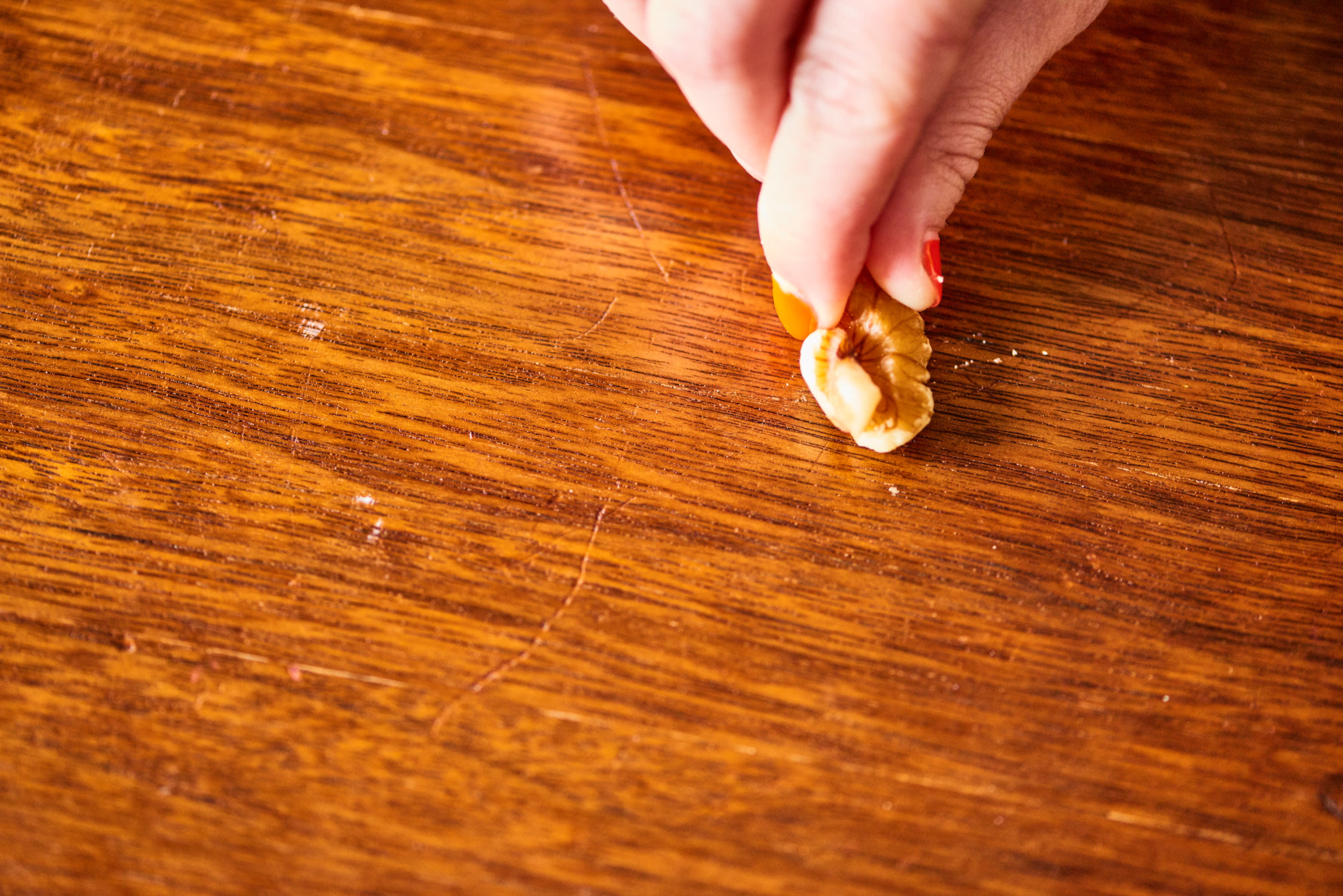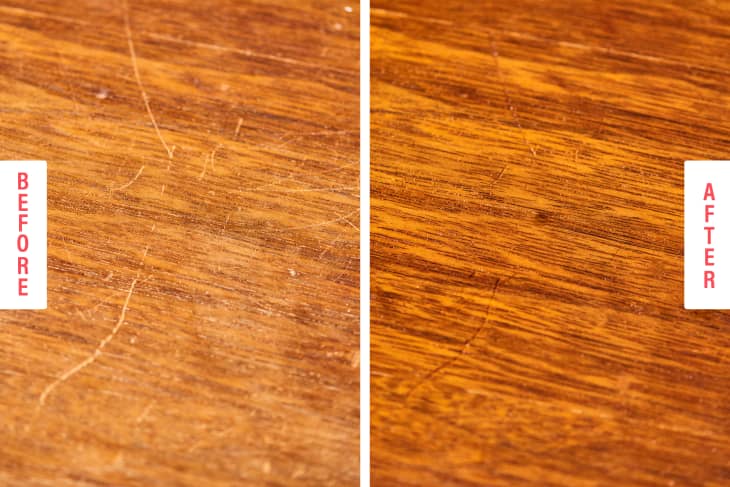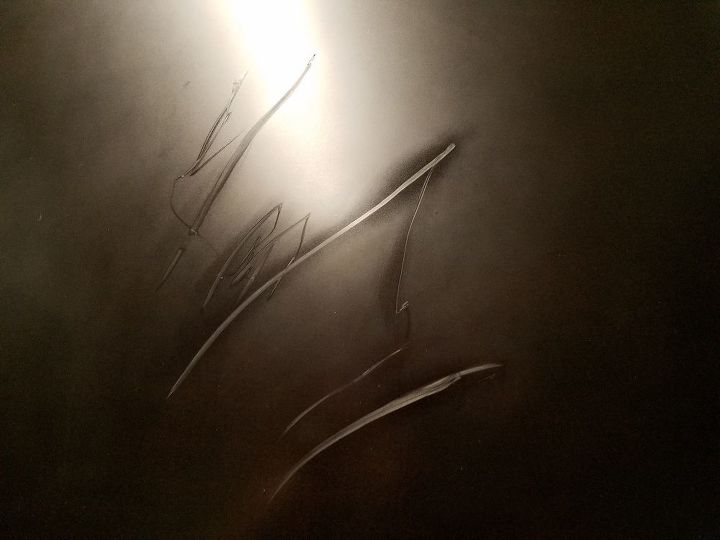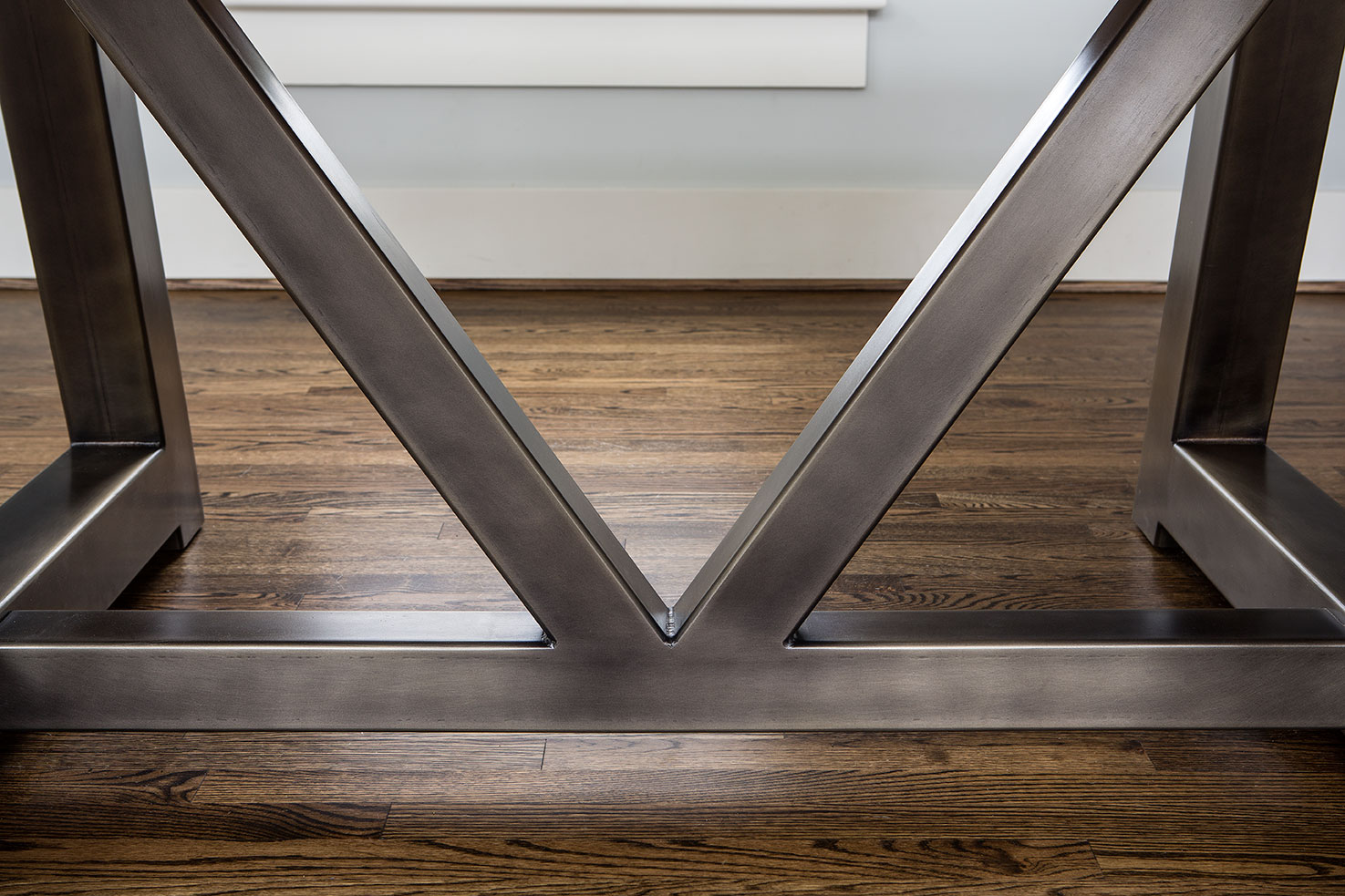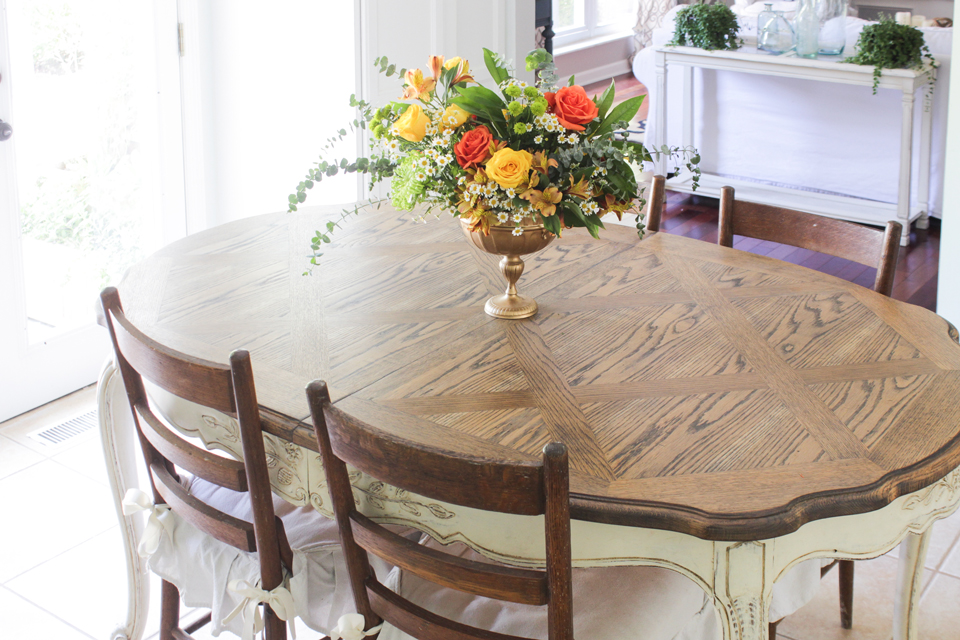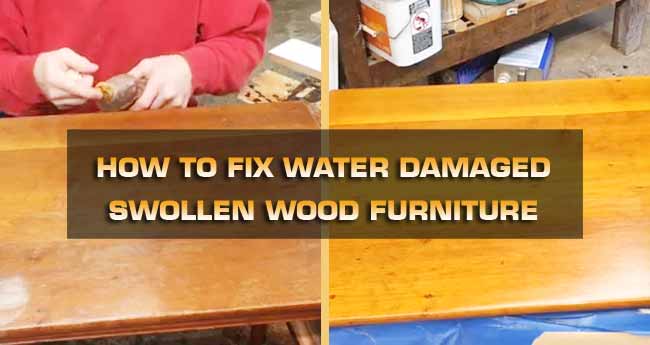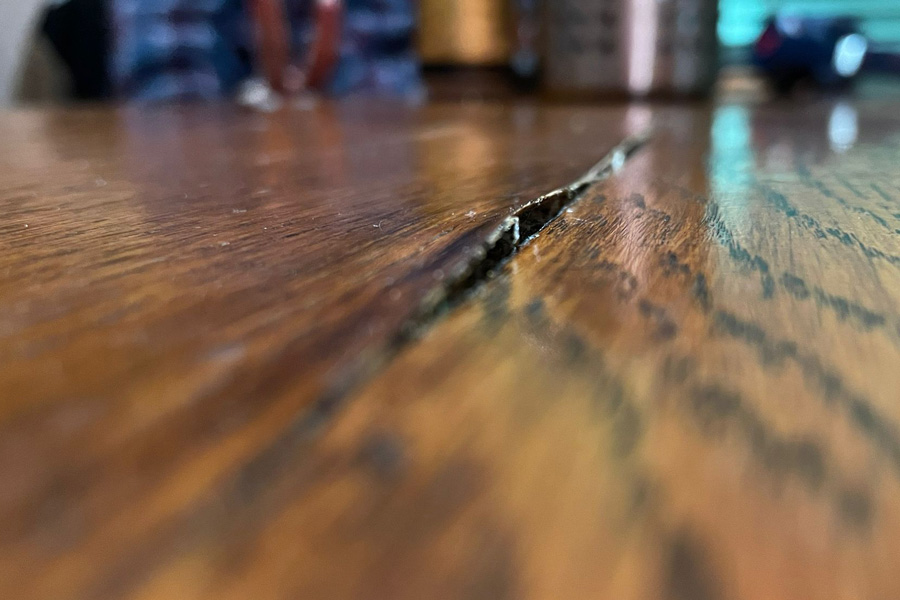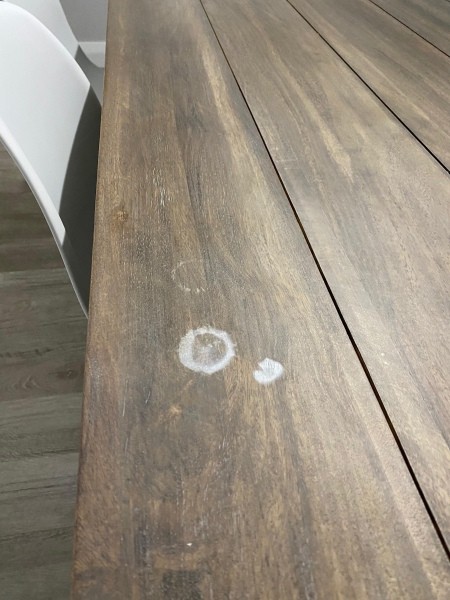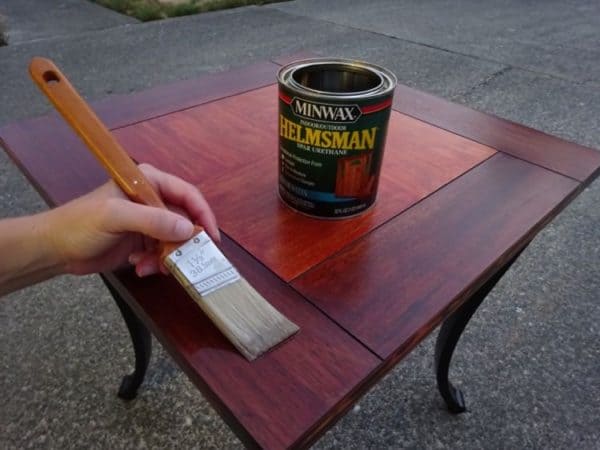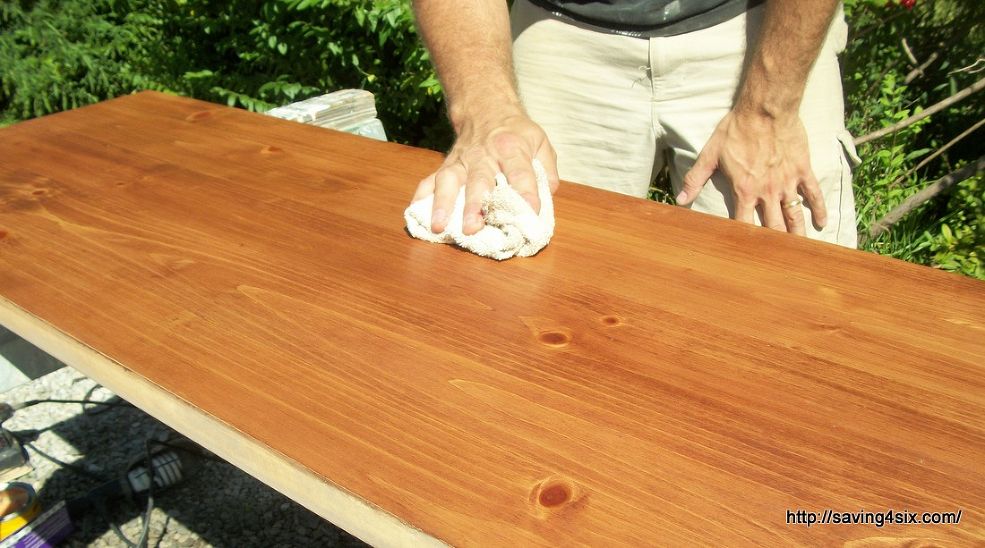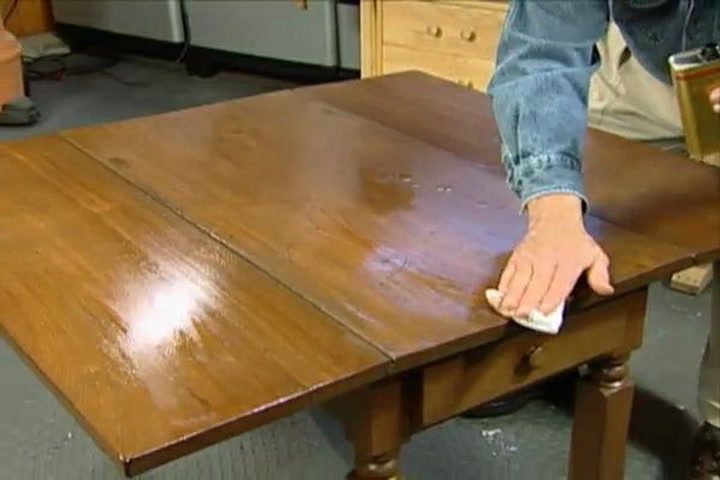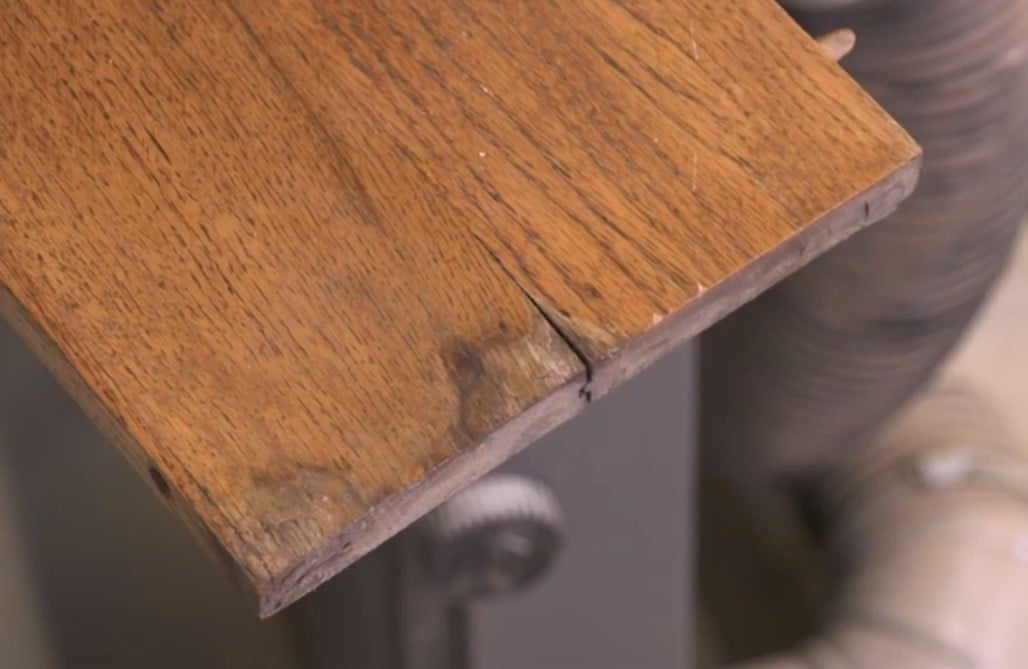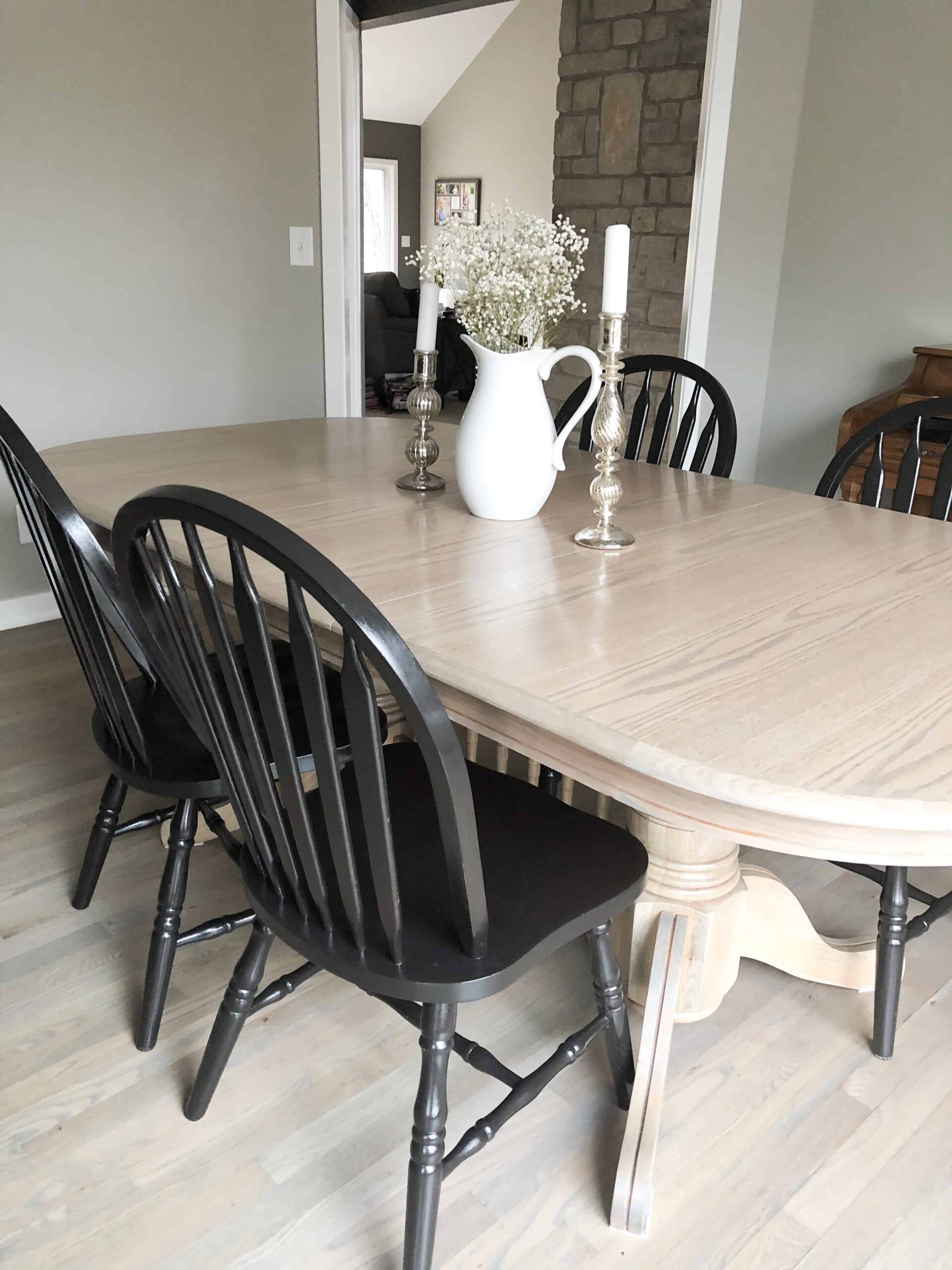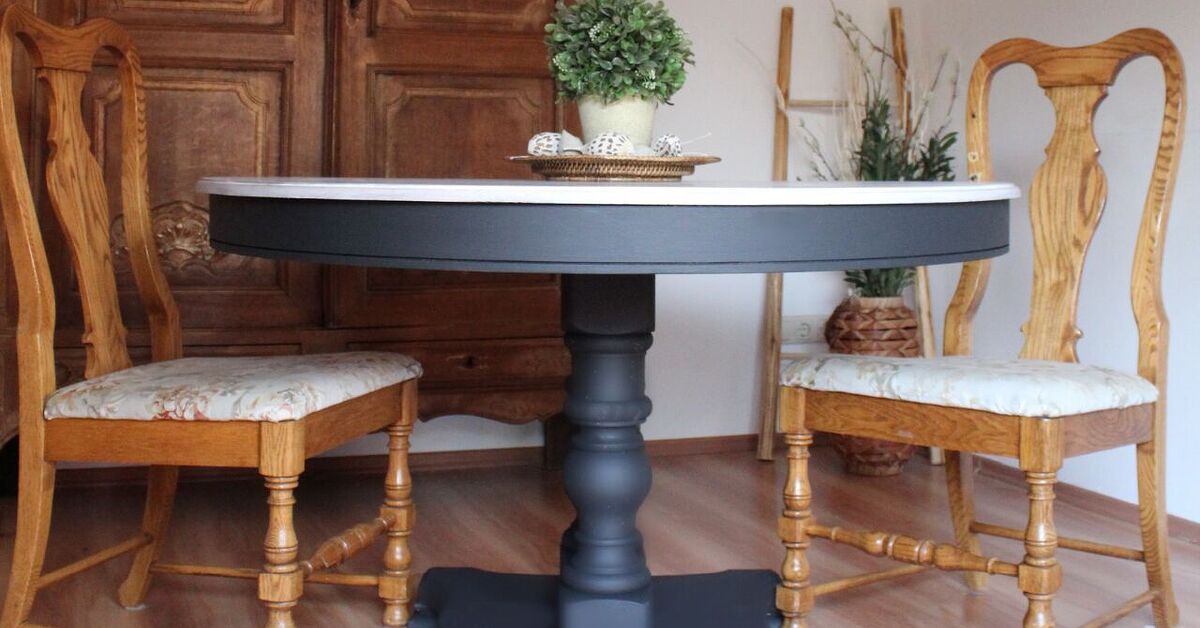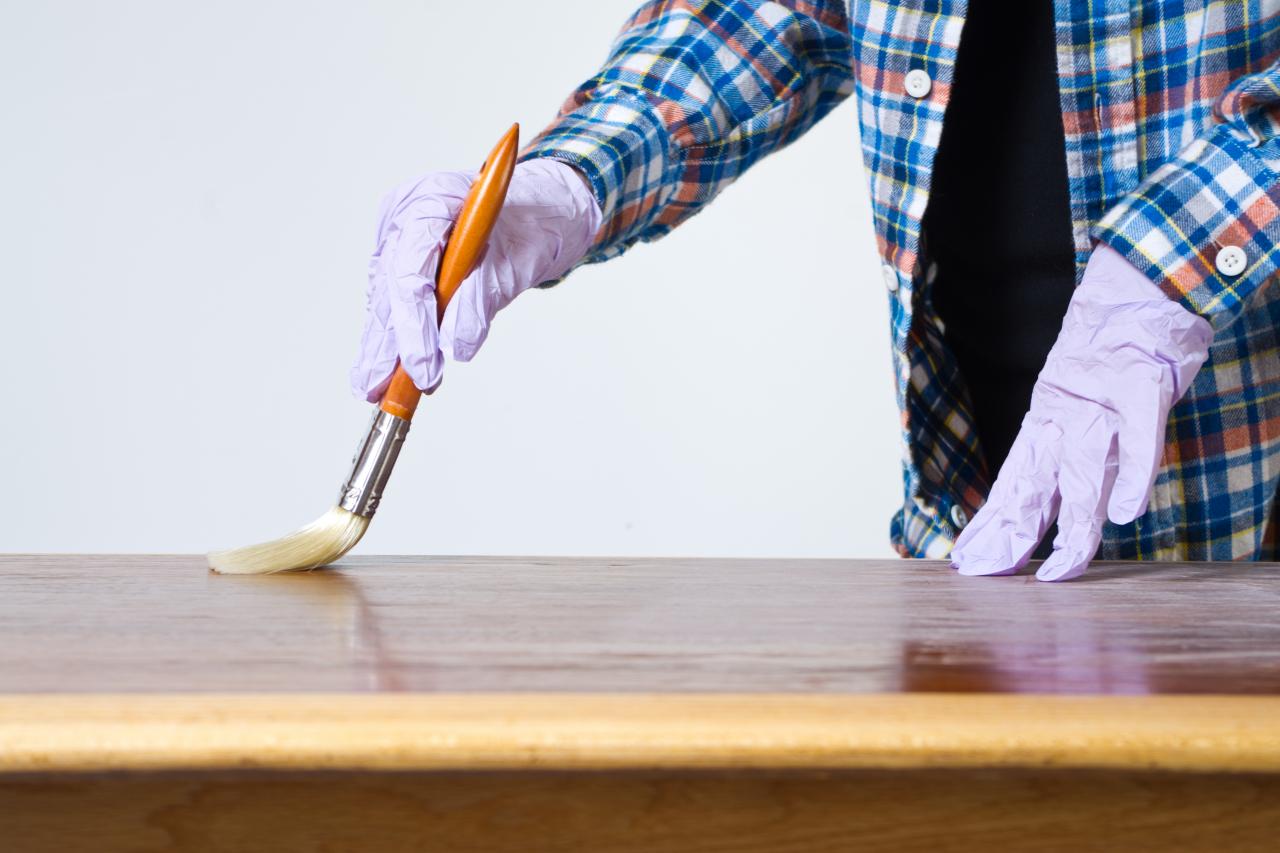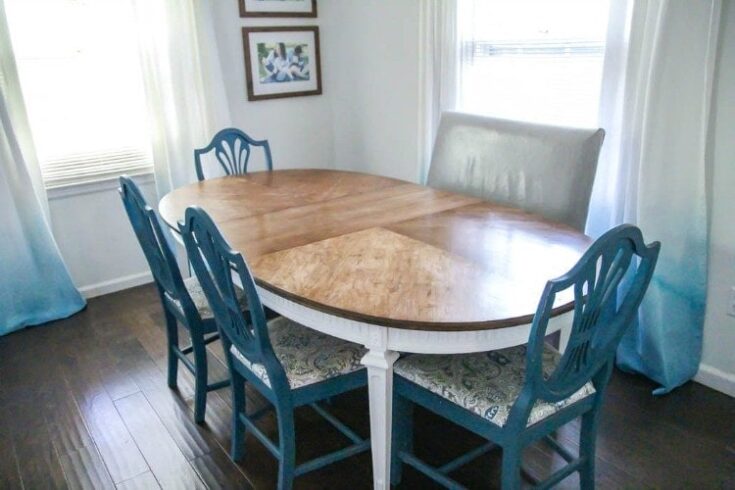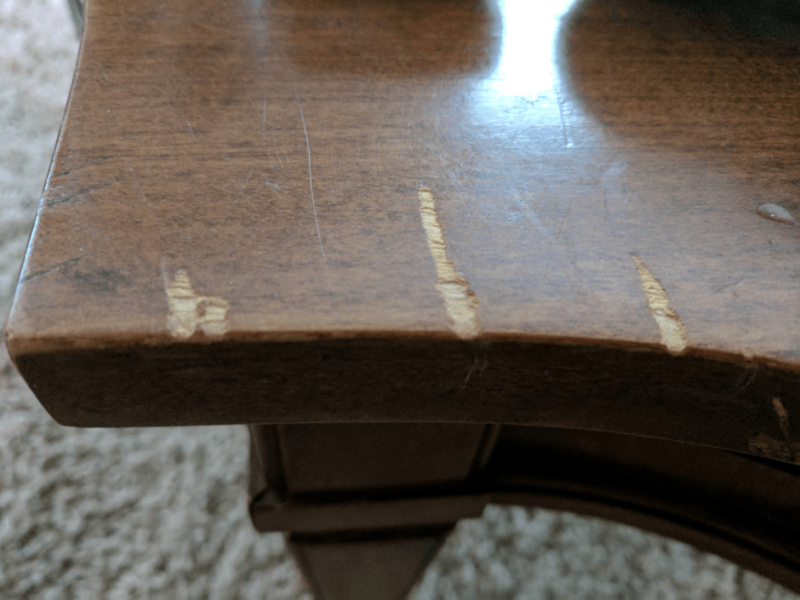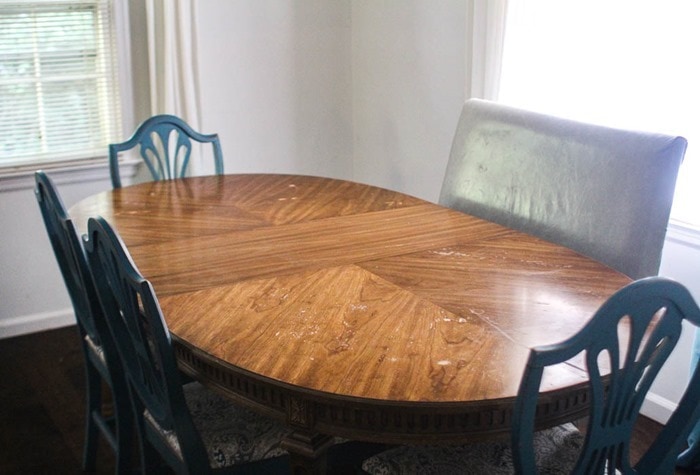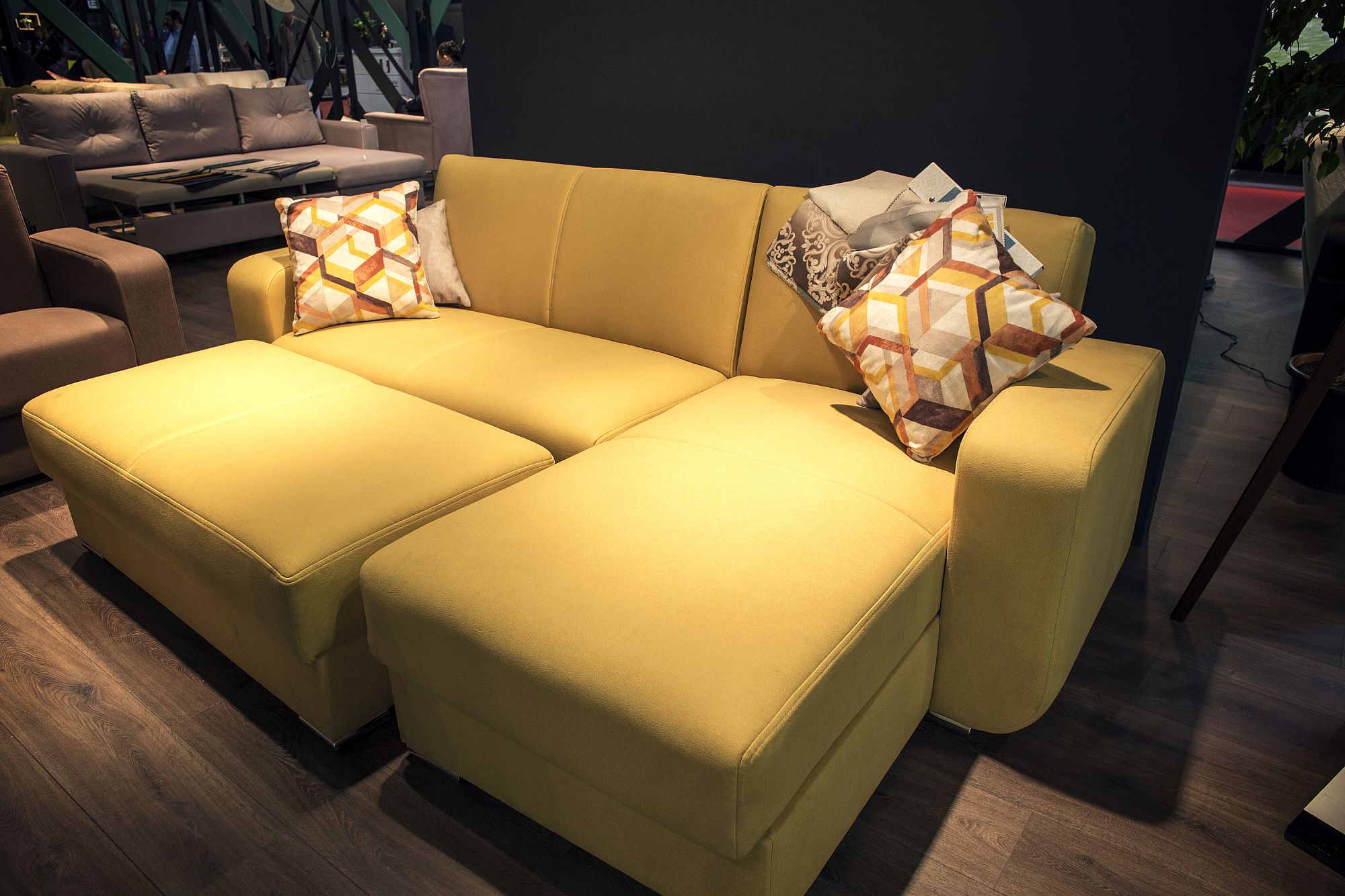A beautiful dining room table can be the centerpiece of your home, but over time, the finish can become damaged and worn. Whether it's from scratches, water damage, or general wear and tear, a damaged dining room table finish can make your entire space look dull and uninviting. However, with a few simple steps, you can repair and restore your dining room table finish to its former glory. Repairing a Damaged Dining Room Table Finish
Scratches are one of the most common types of damage on a dining room table. They can be caused by everyday use, such as sliding plates or utensils, or by pets jumping onto the table. To fix scratches on your dining room table, start by cleaning the surface with a gentle cleaner and a soft cloth. Then, use a wood filler to fill in the scratches. Once the filler has dried, sand it down until it is smooth and level with the rest of the table. Finally, apply a coat of furniture polish to blend the repair with the rest of the finish. How to Fix Scratches on a Dining Room Table
Over time, the finish on a dining room table can become dull and worn, making the whole piece look tired and old. To restore a worn dining room table finish, start by sanding down the surface with fine-grit sandpaper. This will remove any imperfections and create a smooth surface for the new finish to adhere to. Then, choose a stain or varnish to match the original finish, and apply it evenly with a clean cloth or brush. Allow it to dry completely before adding a second coat for a deeper color. Tip: Be sure to work in a well-ventilated area and follow the manufacturer's instructions for best results. Restoring a Worn Dining Room Table Finish
Refinishing a dining room table may seem like a daunting task, but with the right tools and techniques, it can be a rewarding DIY project. Start by removing the old finish with a chemical stripper and a scraper. Once the old finish is removed, sand the surface to create a smooth and even base. Then, apply a new finish of your choice, such as paint , stain , or varnish . You can also add a distressed or antique look by sanding down certain areas of the table after applying the finish. Just be sure to seal the new finish with a clear coat for added durability. DIY Dining Room Table Refinishing
Accidents happen, and water damage can be a common occurrence on a dining room table. To repair water damage, start by drying the affected area with a clean cloth. Then, sand down the damaged area with fine-grit sandpaper until it is smooth. If the damage is severe, you may need to use a wood filler to fill in any cracks or gaps. Once the filler is dry, sand it down and apply a fresh coat of finish to blend it with the rest of the table. Tip: To prevent future water damage, always use coasters and placemats when setting the table. Repairing Water Damage on a Dining Room Table
When it comes to repairing a damaged wood table finish, prevention is key. Regularly dusting and polishing your dining room table can help prevent scratches and other damage. If you do notice any scratches or wear and tear, address them as soon as possible to prevent further damage. You can also use protective pads on the bottom of chairs and other furniture to prevent them from scratching the table. And remember to always use gentle cleaning products and a soft cloth when cleaning your dining room table. Tips for Repairing a Damaged Wood Table Finish
Refinishing a dining room table can be a time-consuming process, but by following these steps, you can achieve professional-looking results. Start by removing the old finish with a chemical stripper and scraper. Then, sand the surface with medium-grit sandpaper, followed by fine-grit sandpaper for a smooth finish. Next, choose your desired finish and apply it according to the manufacturer's instructions. Tip: For a rustic or farmhouse look, consider using a distressed or antiquing technique. Finally, seal the new finish with a clear coat for added durability. Refinishing a Dining Room Table: Step-by-Step Guide
Scratches and dullness are common issues with dining room tables, but they can be easily fixed with a few simple steps. To repair scratches, clean the surface and fill them in with a wood filler. Then, sand down the filler and apply a coat of furniture polish to blend it with the rest of the finish. For dullness, start by sanding down the surface and then apply a fresh coat of finish. You can also use a wood wax or oil to bring back the shine and protect the finish. How to Repair a Scratched or Dull Dining Room Table
Veneer is a thin layer of wood that is often used to cover a less expensive material, such as plywood. If your dining room table has a damaged veneer, start by removing the damaged section with a utility knife. Then, use wood glue to attach a new piece of veneer, making sure to match the grain and color as closely as possible. Once the glue is dry, sand the edges and apply a clear finish to seal it. Tip: Use wood stain or paint to help blend the repair with the rest of the table. Fixing a Damaged Veneer Dining Room Table
The top of a dining room table is often the most heavily used and prone to damage. If your table top is damaged, start by sanding down the surface to remove any imperfections. Then, fill in any cracks or gaps with a wood filler and sand it down once it is dry. Next, apply a fresh coat of finish, such as varnish or lacquer , to protect the surface. You can also use a wood stain or paint to add color and revive the look of your table top. Restoring a Damaged Dining Room Table Top
How to Repair Your Dining Room Table Finish
Introduction
 A dining room table is often the centerpiece of a home, where families and friends gather to share meals and create memories. Over time, the finish of the table may become worn or damaged, detracting from the overall look of the room. Instead of replacing the table, consider repairing the finish to restore its beauty and function. With a few simple steps, you can repair your dining room table finish and have it looking as good as new.
A dining room table is often the centerpiece of a home, where families and friends gather to share meals and create memories. Over time, the finish of the table may become worn or damaged, detracting from the overall look of the room. Instead of replacing the table, consider repairing the finish to restore its beauty and function. With a few simple steps, you can repair your dining room table finish and have it looking as good as new.
Assess the Damage
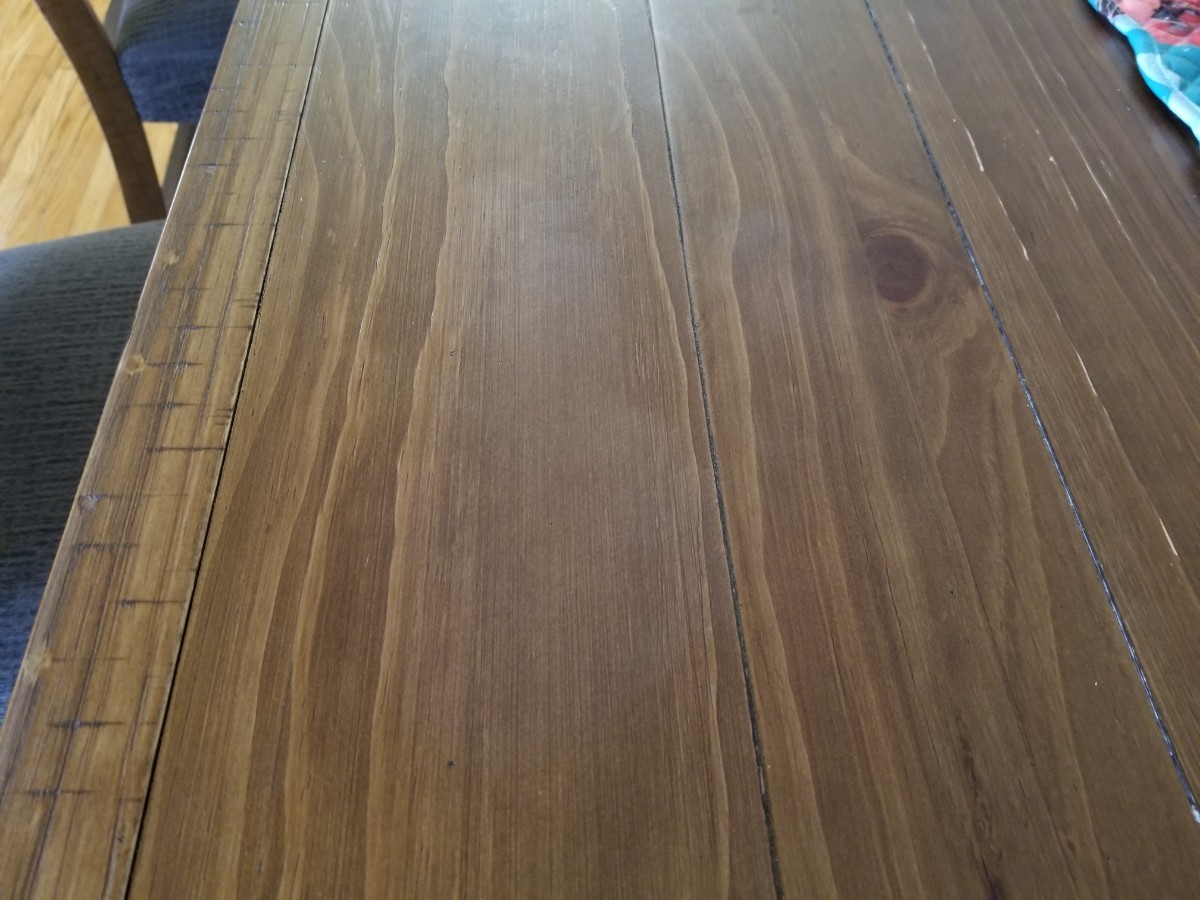 The first step in repairing your dining room table finish is to assess the damage. Depending on the type of finish, the extent of the damage, and the type of wood, different repair methods may be needed. If the damage is minor, such as small scratches or water rings, you may be able to repair it yourself. However, if the damage is more severe, it may be best to seek the help of a professional.
The first step in repairing your dining room table finish is to assess the damage. Depending on the type of finish, the extent of the damage, and the type of wood, different repair methods may be needed. If the damage is minor, such as small scratches or water rings, you may be able to repair it yourself. However, if the damage is more severe, it may be best to seek the help of a professional.
Clean the Table
 Before beginning any repairs, it is important to clean the table thoroughly. Use a mild cleaner and a soft cloth to remove any dirt, dust, or debris from the surface of the table. This will not only make the repair process easier, but it will also help to ensure that the finish adheres properly.
Before beginning any repairs, it is important to clean the table thoroughly. Use a mild cleaner and a soft cloth to remove any dirt, dust, or debris from the surface of the table. This will not only make the repair process easier, but it will also help to ensure that the finish adheres properly.
Fill in Scratches and Dents
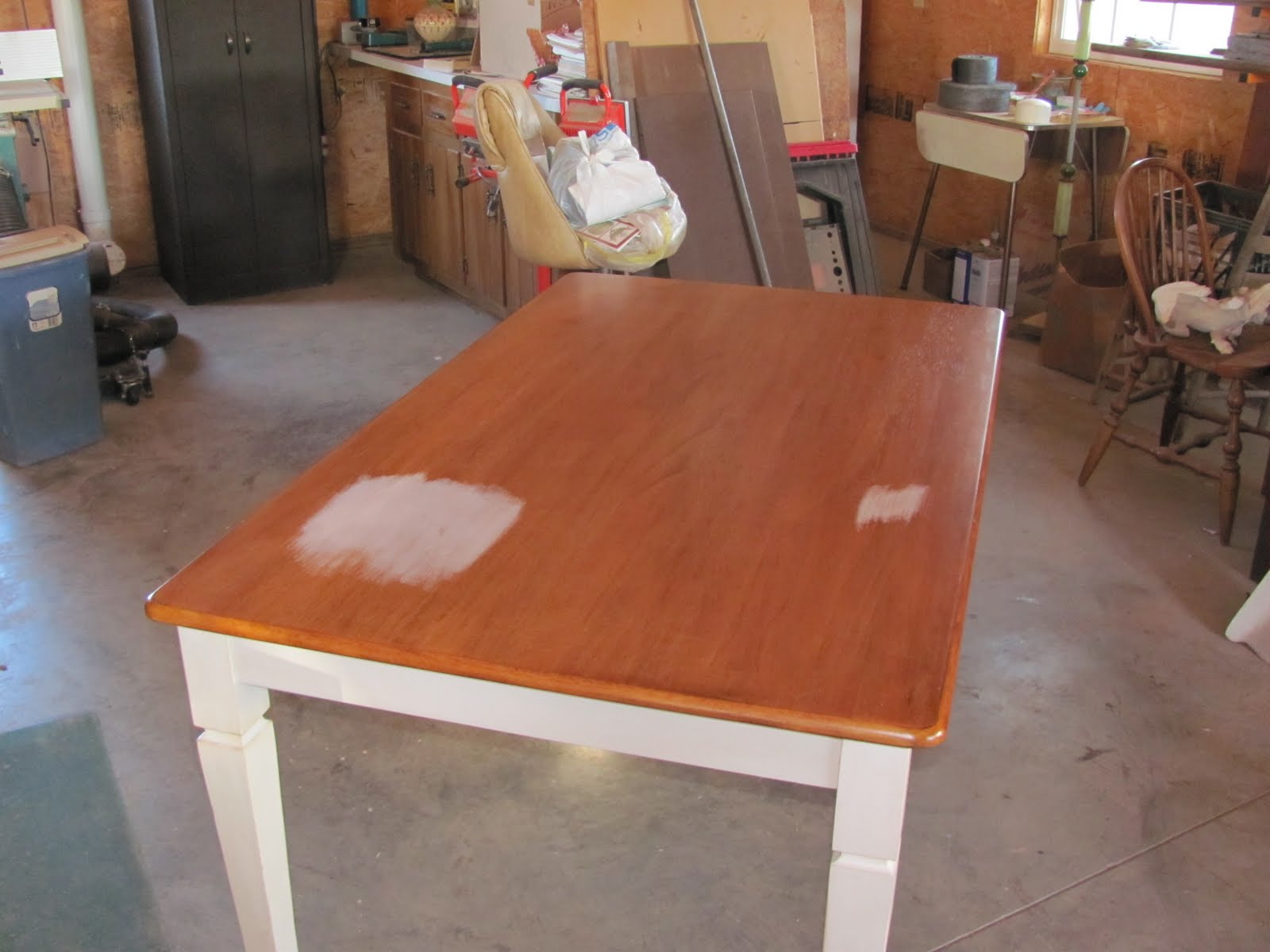 For minor scratches and dents, you can use a wood filler to fill in the damaged area. Make sure to choose a filler that matches the color of your table's finish. Apply the filler using a putty knife, and then smooth it out with a sandpaper once it dries. This will create a smooth surface for the next step.
For minor scratches and dents, you can use a wood filler to fill in the damaged area. Make sure to choose a filler that matches the color of your table's finish. Apply the filler using a putty knife, and then smooth it out with a sandpaper once it dries. This will create a smooth surface for the next step.
Sand and Refinish
 For more significant damage, such as deep scratches or discoloration, sanding and refinishing may be necessary. Use a fine-grit sandpaper to sand the damaged area, making sure to sand in the direction of the wood grain. Once the damaged area is smooth and even, apply a new coat of finish using a brush or cloth. Let it dry completely before applying a second coat, if needed.
For more significant damage, such as deep scratches or discoloration, sanding and refinishing may be necessary. Use a fine-grit sandpaper to sand the damaged area, making sure to sand in the direction of the wood grain. Once the damaged area is smooth and even, apply a new coat of finish using a brush or cloth. Let it dry completely before applying a second coat, if needed.
Maintain the Finish
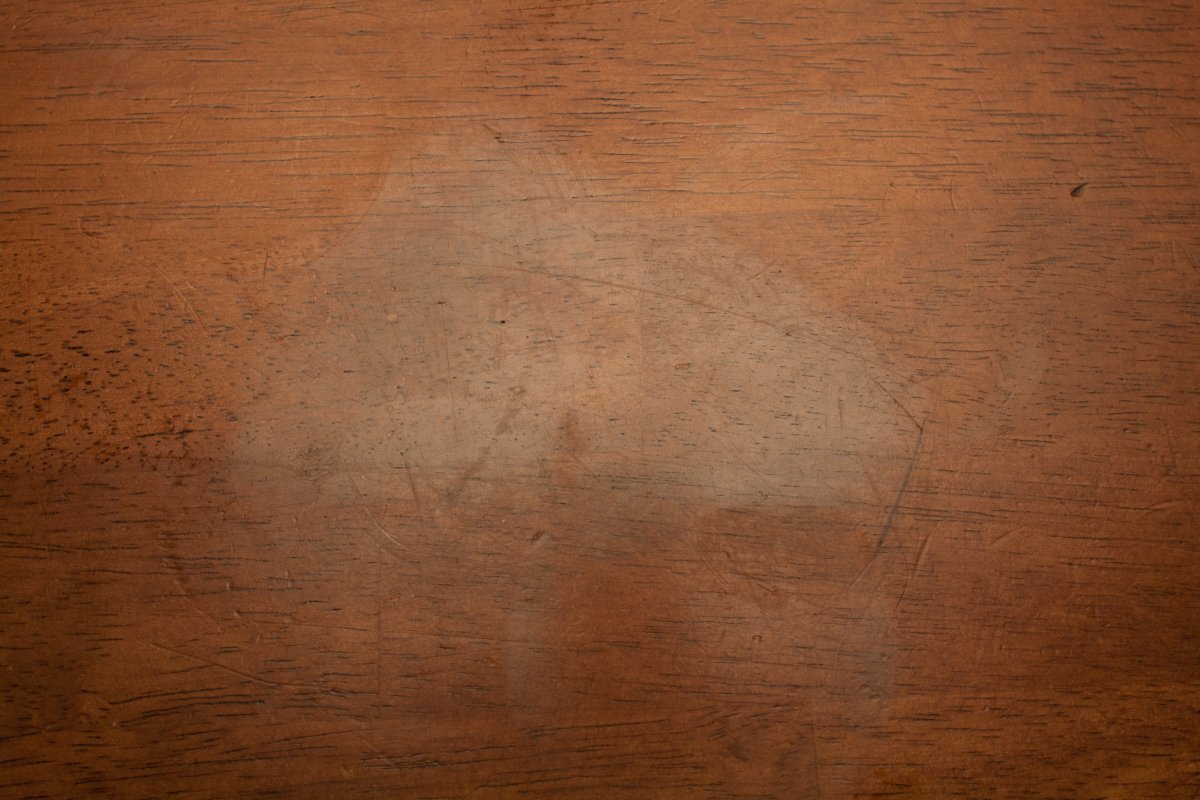 To prevent future damage to your dining room table finish, it is important to maintain it properly. Use coasters and placemats to protect the surface from heat, spills, and scratches. Regularly dust and clean the table with a soft cloth to keep it looking its best.
To prevent future damage to your dining room table finish, it is important to maintain it properly. Use coasters and placemats to protect the surface from heat, spills, and scratches. Regularly dust and clean the table with a soft cloth to keep it looking its best.
Conclusion
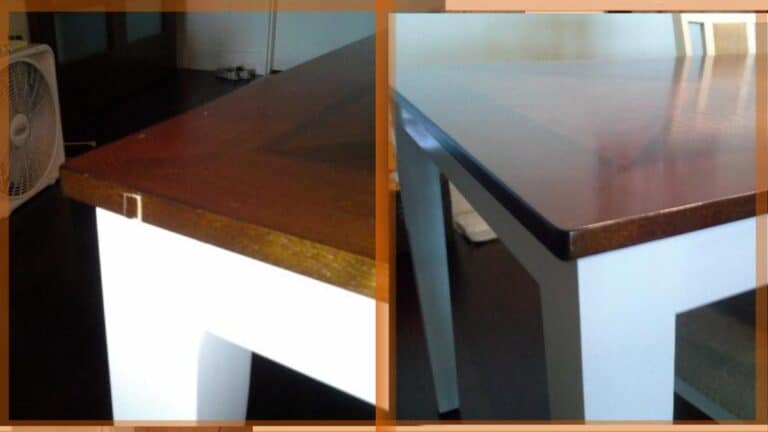 With these simple steps, you can repair your dining room table finish and bring new life to your beloved table. Remember to assess the damage, clean the table, and choose the appropriate repair method. With a little bit of effort, you can have your dining room table looking as good as new and ready to create more cherished memories.
With these simple steps, you can repair your dining room table finish and bring new life to your beloved table. Remember to assess the damage, clean the table, and choose the appropriate repair method. With a little bit of effort, you can have your dining room table looking as good as new and ready to create more cherished memories.


